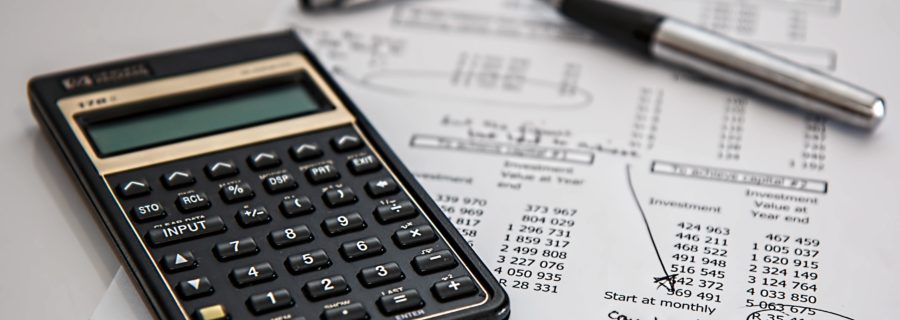This is a guest post from Nicom IT Solutions
(Member since 1993)
Data management in logistics applications
There is absolutely no point in shipping goods if you don’t have a clear understanding of the data this activity generates. This article will explain why this is so in the world of logistics, and what we do about it.
The Oxford Dictionary defines logistics as, “The commercial activity of transporting goods to customers,” and a key word in that definition is commercial. That implies that logistics doesn’t merely mean moving things around, it also means tracking them. Logistics would be meaningless without data.
Why all this data?
By many estimations, 80 — and some say 90 — per cent of everything we own was once on a ship — and this amount of shipping generates a lot of data. We need to keep this data for a number of reasons. One is for billing purposes. If we are to have modern infrastructure and machinery to handle cargo, we must pay for it somehow. So we have to be able to charge members of the transportation chain for using our facilities. Another reason is to gather statistics. We need to understand how things change over time so we can plan effectively and report progress to stakeholders. There are also security reasons for tracking movements, as well as adherence to government regulations and its need for information. Finally, we keep track of this data so that we can be more efficient and accurate in our operations in an increasingly competitive world.
Data vs. information
Note that I use the term “data” more often than “information.” Some time around the mid 1980s, we replaced the term “data” with “information.” We no longer talked about data processing, but information processing and later information technology. We did this because we were no longer concerned so much with raw data as we were with data that had been transformed into something more useful. Now, we are back to talking about data. Why? Because now we have better ways of gathering and storing this data and we have come to realize that there is huge value in what we are collecting.
That’s what big data is all about and there are whole schools of learning dedicated to just dealing with big data. Sensors, scanners and systems such as GPS and AIS (Automatic Identification Systems) allow us to track things in real time, for immediate use and also to store this data for later analysis.
Data on what?
Here in Halifax, as in any port city, we track vessel movements, crew assignments, cargo manifests, container movements, marine pilot assignments, tides, traffic patterns and even fluctuations in bridge heights. Increasingly complex computer systems allow us to understand the past, work with the present and predict the future — and they do this by analysing the data that is being collected.
Challenges
There are challenges in developing such systems in that there is so much data — and so much of it is unstructured. We are constantly integrating different data sources and working with overlapping data repositories. Also technology is ever evolving and we must be diligent in our work to ensure that different components are compatible with one another as new product releases are being introduced.
The future
For the future, I see tighter integration of data sources and more use of sensors, which will mean even more data. We must understand how to work with these volumes. One example I like to use is that a sensor might be telling us a hundred times a second what the temperature is, but many applications only need to know, say, once every ten minutes.
Organizations like Cisco are developing multi-tiered data collection programs to solve such problems. We are also starting to see how technologies such as blockchain are starting to change the way we think of sharing data. Zim and Maersk are two shipping lines that have announced they are working on this, and I am sure there are others. Next time you see a ship in the harbour, think of all the data it is generating. Now you know just how much, and why.
Pat d’Entremont is a Senior Partner at Nicom IT Solutions, an IT firm that provides professional advisory services and software products to the seaport industry
< Back to Articles | Topics: Trends

